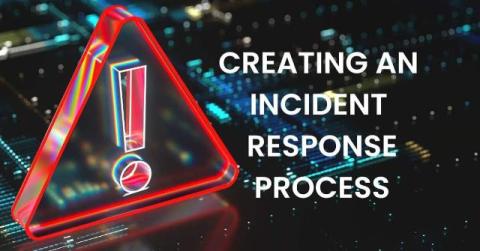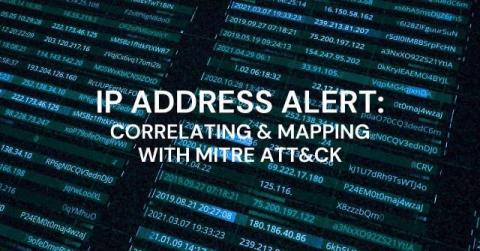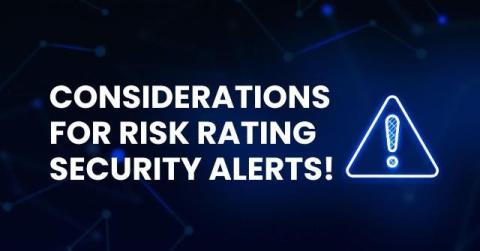Creating an Incident Response Process
In today’s cyber threat landscape, almost everyone is one bad day away from a security incident. While not every incident becomes a data breach, security teams need to be prepared for anything. Just like that one friend who has a spreadsheet to help them organize the minute tasks associated with a project, security teams need to have a prepared list of steps to take during an incident.











